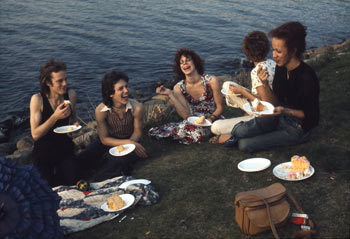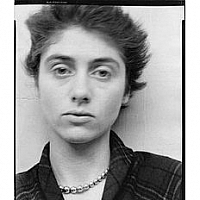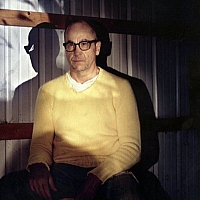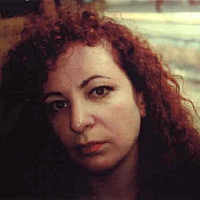
Nan Goldin Picnic on the Esplanade,1973
CGAC Valle Inclán s/n 15704 Santiago de Compostela Espagne
Presenting all of the Boston Group active artists: David Armstrong, Philip-Lorca diCorcia, Nan Goldin, Jack Pierson, Tabboo! Gail Thacker and Shellburne Thurber.
Since the mid 1970's, a group of American East Coast artists started defying the conventions of the photographic medium both from its technical and moral aspects, hence greatly influencing the means of representation during the late 20th century. The defence of veracity manifested itself through an unknown degree of exposed privacy by exposing socially non-legitimised ways of life, such as night-time characters, marginal lives, addictions, affections, sexual experiences and the genre or irruption of new models of social conformation. Its fundamental contribution consists in turning uneventful motives into interesting narratives, which up until then had not been regarded as subject matters in works of art.
During the nineties, this group was referred to as 'The Boston School' starting as a joke by artist Nan Goldin, later popularised by the eponymous exhibition at Boston’s ICA in 1996. The fact remains that at a certain point in the mid seventies in New England, several artists got together and went on to become some of the fundamental names in art in their country. Relating through personal affinities and by studying at the School of the Museum of Fine Arts or the Massachusetts College of Art, both in Boston, they progressively moved to New York in order to actively take part in the creation of the Bowery scene in an essential phase of development and consolidation of the city's artistic structures; along with gallery owners whom moved with them. Precisely Pat Hearn, artist and model featured in several pieces of the exhibition, opened an influential gallery in Manhattan in 1983 and later became one of the founding figures of the Armory Show.
At a sociological level, the exhibition of more than 150 pieces along with abundant documentation of the time, linked to the upsurge of the punk movement in the United States, turns these images into the portrait of a precise and essential moment in time: the last breath of moral and sexual freedom brought about by the sixties, just prior to the crisis represented by the outbreak of AIDS. On the other hand, the vindication of the subjectivity they take part in, became one of the main axes of the international artistic production of the nineties.
In conclusion, Familiar Feelings attempts not to vindicate the affinities of the so-called Boston School, but to identify a different type of emotional closeness or personal attitudes. From an exhibition perspective, it gathers several individual exhibitions, hence allowing for the full comprehension of each of the artists. All of this will allow the public to assume the link of that which is familiar with both a brief and more comfortable category transcending the traditional labelling of the history of art in order to vindicate possible alternatives and still suitable for subjectivisation.
Edition
Following the exhibition, a book will be edited including interviews with the participant artists and also with Jane Hudson (professor at the Boston School of the Museum of Fine Arts), Collier Schorr (artist and art critic), Lia Gangitano (co-curator of the project Boston School at Boston ICA in 1995 and director of Participant Inc. NY) and Teresa Gruber (from The State of Mark Morrisroe, Collection Ringier at Fotomuseum Winterthur).





